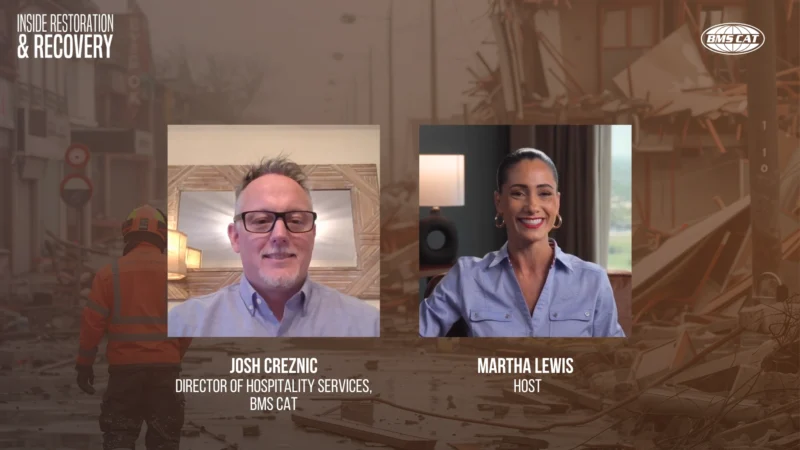The Lowdown on Pop-Up Restaurants: Inside the Risk and Reward of Temporary Food Vendors
The restaurant industry has been officially taken over by pop-ups. But even amidst fanfare on social media and among celebrity chefs, most people still cannot tell you what a pop-up even is.
The key to understanding pop-ups is one of their main advantages: flexibility. A pop-up can be anything from a group of foodies gathered for a seven-course meal in someone’s kitchen to a food truck staff working overtime out of another restaurant’s kitchen. The common thread is temporary food service in a unique location.
Though their popularity is certainly recent, pop-ups have been around for decades. In fact, Austria has enjoyed neighborhood pop-ups for close to two-and-a-half centuries.[1] Following the food truck boom, chefs of all ages found serious advantages to being light on one’s feet, adaptable, and not tied down to brick and mortar. That same instinct is driving pop-ups but for a different sensibility. Whereas food trucks focus on fast, grab-and-go experiences, pop-ups have the capacity to feature experimentation, full seven-course meals, and even plates.
The advantages to pop-ups over a conventional restaurant are numerous. These include the minimal overhead of setting up shop in a non-traditional spot like an old barn or hangar.[2] So long as a location can be outfitted with a sanitary kitchen, there a pop-up can grow. This lower overhead allows chefs to experiment with new concepts, testing out an aesthetic, combination of cuisines, or serving style without investing in an entire restaurant. The trendiness entices foodies and other customers willing to pay a premium, making investments easier to recoup. Pop-ups often pair with charitable causes for the duration of a fundraiser, a mutually beneficial relationship.
Pop-ups are not without disadvantages, though. Obtaining licenses and insurance can be challenging.[3] Building blog buzz with a pop-up is easy, but reaching a wider audience is more challenging. Transporting equipment to remote or unconventional locations can be expensive. Since pop-ups move on within a few months at the very most, keeping momentum going is essential. If the goal is to promote a brick-and-mortar restaurant, a restauranteur may be reaching out to the wrong audience with a thrilling, cutting-edge pop-up.
However restaurateurs and business owners approach this trend, it is unlike pop-ups will last longer than a month or two. With proper logistical support and an experienced staff, any restaurant can make the leap. The challenge is deciding if it is the right move for that restaurant’s needs.
[1] https://eatsiptrip.10best.com/2018/08/06/austrias-pop-up-restaurants-have-been-a-tradition-for-234-years/
[2] https://www.thebalancesmb.com/pop-up-restaurants-2888299
[3] https://www.restaurant.org/Manage-My-Restaurant/Operations/Alternative-venues/Test-new-ideas-with-pop-up-restaurants








